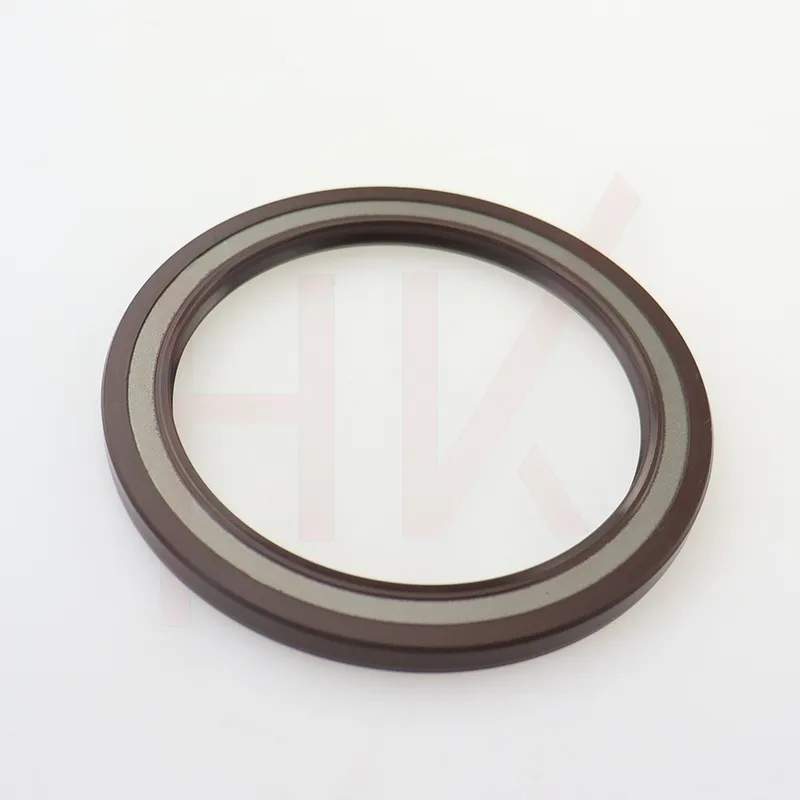stu . 27, 2024 07:42 Back to list
Understanding the Factors Influencing Oil Seal Prices in Today's Market
The Price of Oil Seal Factors, Trends, and Impact on Various Industries
The oil seal, a crucial component in numerous mechanical systems, serves primarily to prevent the leakage of oils and lubricants, thereby ensuring the longevity and efficiency of machinery. As industries rely on these seals for optimal performance, fluctuations in their prices can have significant repercussions across various sectors. This article examines the key factors that influence the price of oil seals, current market trends, and the wider implications of these price changes.
Factors Influencing the Price of Oil Seals
1. Raw Material Costs The primary materials used in the production of oil seals—such as rubber, metal, and synthetic composites—greatly impact their pricing. The cost of crude oil, for instance, directly affects rubber prices, as many oil seals are made from oil-derived materials. A spike in oil prices typically leads to increased production costs for oil seal manufacturers, which can in turn elevate the market prices for these essential components.
2. Manufacturing Technologies The advancement of manufacturing technologies can also affect the cost of oil seals. Innovations that enhance production efficiency—such as automation and improved quality control techniques—can lead to reduced prices. Conversely, if manufacturers invest in advanced technologies, the costs may initially rise.
3. Demand and Supply Dynamics The demand for oil seals is driven by several industries, including automotive, aerospace, and heavy machinery. A surge in production or growth within these industries can increase demand for oil seals, resulting in higher prices. Conversely, a downturn in these sectors can lead to oversupply and reduced prices.
4. Geopolitical Factors Political stability, trade agreements, and tariffs can significantly influence the price of raw materials and, subsequently, the price of oil seals. For instance, disruptions in oil-producing countries can lead to a spike in crude oil prices, thus affecting the cost of oil seals.
Current Market Trends
price of oil seal

As of late 2023, the oil seal market has witnessed fluctuating prices due to a combination of heightened demand in emerging markets and the volatile nature of raw material costs. The automotive sector, in particular, has seen a resurgence in demand post-pandemic, driven by increased vehicle production. This has led to an uptick in demand for oil seals, consequently driving prices higher.
Moreover, the rise of electric vehicles (EVs) is starting to reshape the oil seal market. While EVs use fewer moving parts than traditional combustion engine vehicles, they still require reliable sealing solutions for electric drivetrains and battery casings. Manufacturers are adapting by innovating new designs and materials, which can also impact pricing strategies.
Impact on Industries
The rising cost of oil seals can have a cascading effect on various industries. For the automotive sector, higher oil seal prices can increase manufacturing costs, potentially leading to higher prices for consumers. In industries such as aerospace, where precision and reliability are paramount, even a small increase in oil seal costs can significantly impact overall operational budgets.
On the other hand, suppliers of oil seals may benefit from increased prices if they can maintain quality and reliability while justifying costs to their clients. This balance is crucial for maintaining customer loyalty in highly competitive markets.
Conclusion
The price of oil seals is influenced by an intricate interplay of factors, from raw material costs to geopolitical events. As industries evolve, particularly with the advent of electric vehicles, the dynamics of supply and demand will continue to shape the market. As price fluctuations persist, businesses must stay informed and agile to adapt to these changes, ensuring they optimize their operations without sacrificing quality or efficiency. Ultimately, the price of oil seals is not just a reflection of production costs; it is a barometer for the broader industrial landscape. Understanding these trends can provide valuable insights for both manufacturers and consumers in navigating the complexities of the market.
-
The Trans-formative Journey of Wheel Hub Oil Seals
NewsJun.06,2025
-
Graphene-Enhanced Oil Seals: Revolutionizing High-Pressure Oil Sealing
NewsJun.06,2025
-
Future of Hydraulic Sealing: Advanced Intelligent TCN Oil Seals
NewsJun.06,2025
-
Don’t Let a Broken TCV Oil Seal Ruin Your Day
NewsJun.06,2025
-
Bio-Inspired Dust Seals for Better Sealing Performance
NewsJun.06,2025
-
Biodegradable and Sustainable Hydraulic Seal Materials
NewsJun.06,2025
-
Top Oil Seal Solutions for Your Industrial Needs
NewsMay.22,2025
Products categories
















